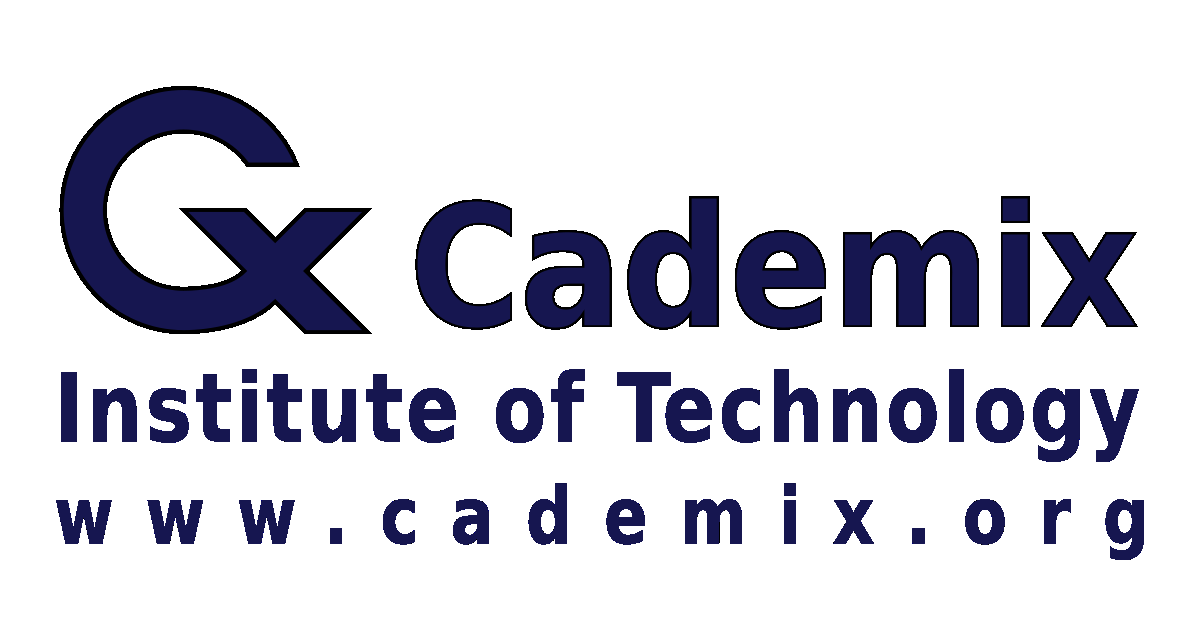Cademix Institute of Technology, Vienna, Austria | +43 650 967 7080 | info@cademix.org


Cademix Institute of Technology
Job seekers Portal for Career Acceleration, Continuing Education, European Job Market
Cademix Institute of Technology, Vienna, Austria | +43 650 967 7080 | info@cademix.org


Job seekers Portal for Career Acceleration, Continuing Education, European Job Market